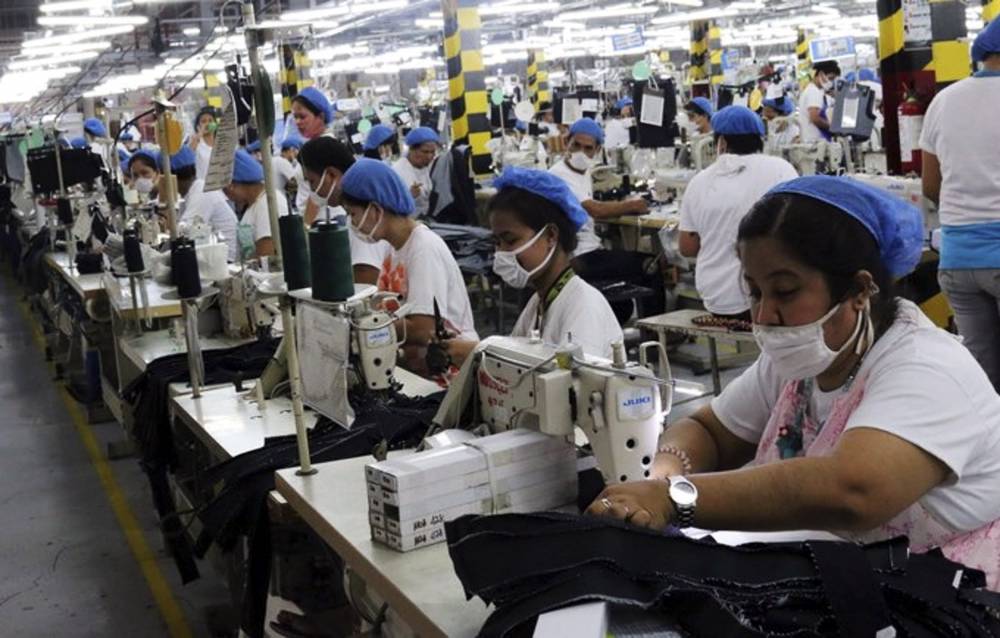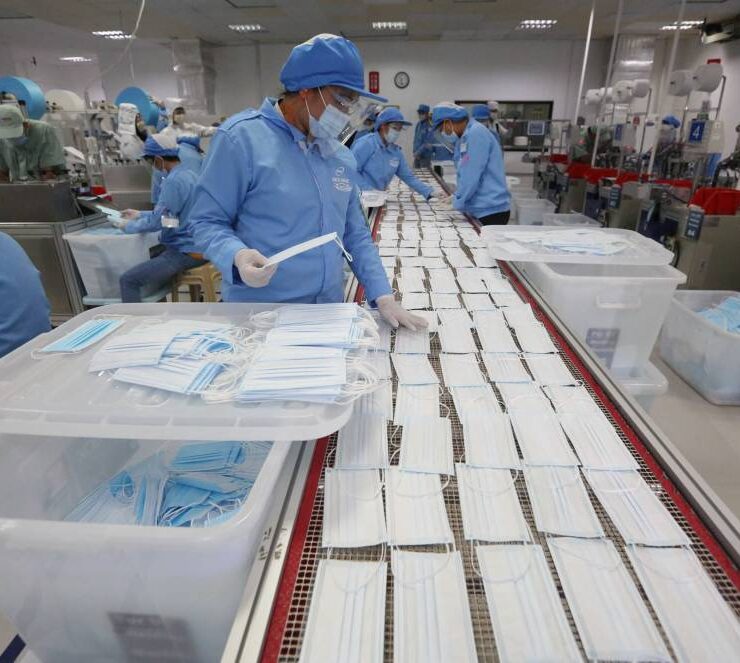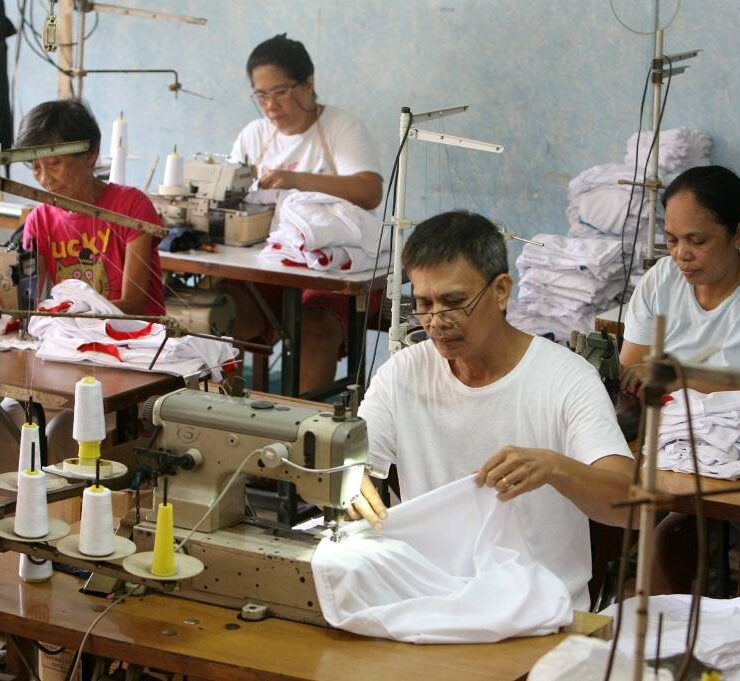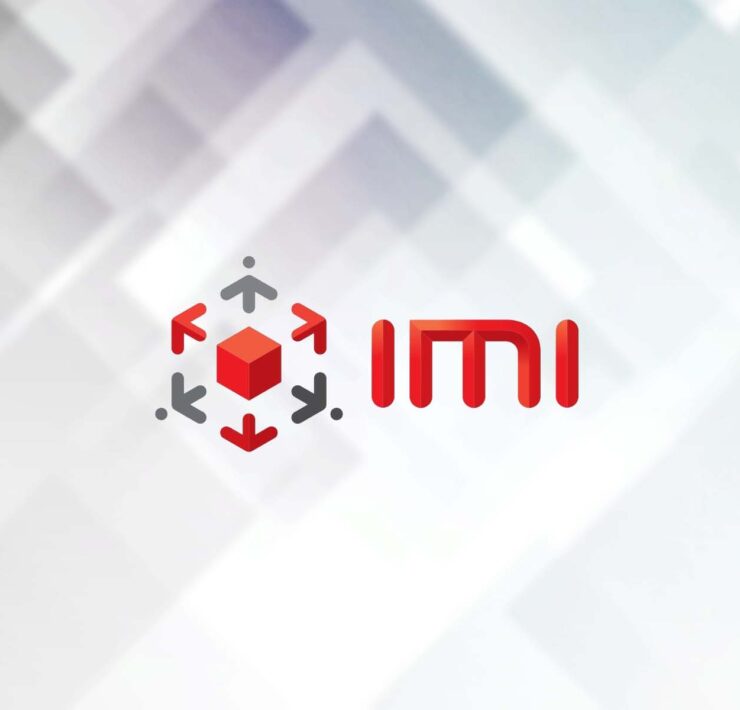Manufacturing output expanded in July by 5.3%

Local factory output expanded at its fastest pace in three months in July, driven by increased production in the computer, transport equipment and food manufacturing sectors, the Philippine Statistics Authority (PSA) reported on Friday.
Preliminary results of the PSA’s latest Monthly Integrated Survey of Selected Industries showed factory output, as measured by the Volume of Production Index (VoPI), grew by 5.3 percent year-on-year in July.
This growth surpassed the 3.6 percent increase recorded both last month and a year ago.
Also, this was the fastest expansion in three months, following the 7.5- percent surge observed in April.
Domestic factory output has grown for four straight months, based on PSA data.
“It may have come from the continued improvement in regional demand for Philippine exports including the continuing expansive mode of the manufacturing sector as seen from the Purchasing Managers’ Index (PMI),” Ruben Carlo Asuncion, chief economist at Union Bank of the Philippines said.
Stripping out seasonality factors, the manufacturing sector’s VoPI increased by 3.9 percent, a reversal from the 1.2-percent contraction the previous month.
For the first seven months, factory output growth averaged 2.1 percent, slower than the average of 5.3 percent recorded in the same period last year.
To compare, the S&P Global Philippines’ PMI, which measures the country’s manufacturing output, stood at 51.2 in August as it showed sustained and modest gains midway through the third quarter.
“Growth in output and new orders accelerated on the month, thereby highlighting improving demand trends,” the S&P said in a statement.
A reading above 50 marks improvement for the manufacturing sector while anything below indicates deterioration.
Asuncion said that improvement in the sector is likely due to more relaxed monetary policy and less restrictive financial environment, which makes borrowing for expansion easier.
The Monetary Board cut its policy rate by 25 basis points, reducing the key rate to 6.25 percent amid an improving inflation and economic outlook during its Aug.15 policy meeting.
Main drivers
The statistics agency reported that the increase in production volume in July was primarily driven by a 12.5-percent growth in the manufacturing of computer, electronic and optical products, up from 1.9 percent the previous month.
This growth was further supported by a 0.4-percent rise in the manufacture of transport equipment, which rebounded from an 8.1-percent contraction. Additionally, food products saw a 14-percent increase, up from 11.4 percent previously.
On the other hand, the manufacture of basic metals sustained the largest contraction at 20.2 percent, while other nonmetallic mineral products fell by 13.9 percent.
Average capacity utilization—the extent to which industry resources are used in producing goods—averaged 75.6 percent in July, up from 75.3 percent in the previous month.
All industry divisions recorded an average capacity utilization rate of at least 60 percent for the month, with the manufacture of machinery and equipment except electrical recording the fastest growth at 83.6 percent.





















